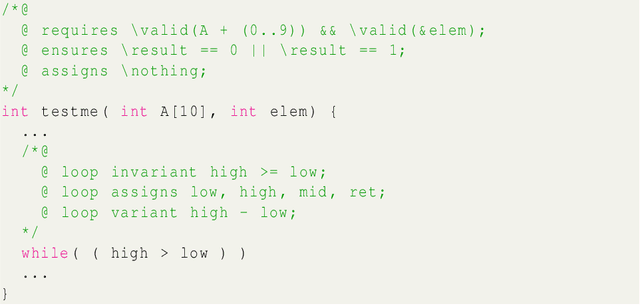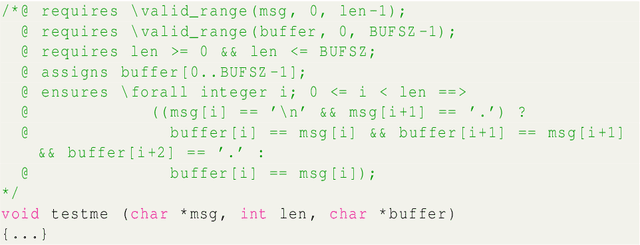George Granberry
Lemmanaid: Neuro-Symbolic Lemma Conjecturing
Apr 07, 2025Abstract:Automatically conjecturing useful, interesting and novel lemmas would greatly improve automated reasoning tools and lower the bar for formalizing mathematics in proof assistants. It is however a very challenging task for both neural and symbolic approaches. We present the first steps towards a practical neuro-symbolic lemma conjecturing tool, Lemmanaid, that combines Large Language Models (LLMs) and symbolic methods, and evaluate it on proof libraries for the Isabelle proof assistant. We train an LLM to generate lemma templates that describe the shape of a lemma, and use symbolic methods to fill in the details. We compare Lemmanaid against an LLM trained to generate complete lemma statements as well as previous fully symbolic conjecturing methods. Our results indicate that neural and symbolic techniques are complementary. By leveraging the best of both symbolic and neural methods we can generate useful lemmas for a wide range of input domains, facilitating computer-assisted theory development and formalization.
Specify What? Enhancing Neural Specification Synthesis by Symbolic Methods
Jun 21, 2024



Abstract:We investigate how combinations of Large Language Models (LLMs) and symbolic analyses can be used to synthesise specifications of C programs. The LLM prompts are augmented with outputs from two formal methods tools in the Frama-C ecosystem, Pathcrawler and EVA, to produce C program annotations in the specification language ACSL. We demonstrate how the addition of symbolic analysis to the workflow impacts the quality of annotations: information about input/output examples from Pathcrawler produce more context-aware annotations, while the inclusion of EVA reports yields annotations more attuned to runtime errors. In addition, we show that the method infers rather the programs intent than its behaviour, by generating specifications for buggy programs and observing robustness of the result against bugs.
 Add to Chrome
Add to Chrome Add to Firefox
Add to Firefox Add to Edge
Add to Edge